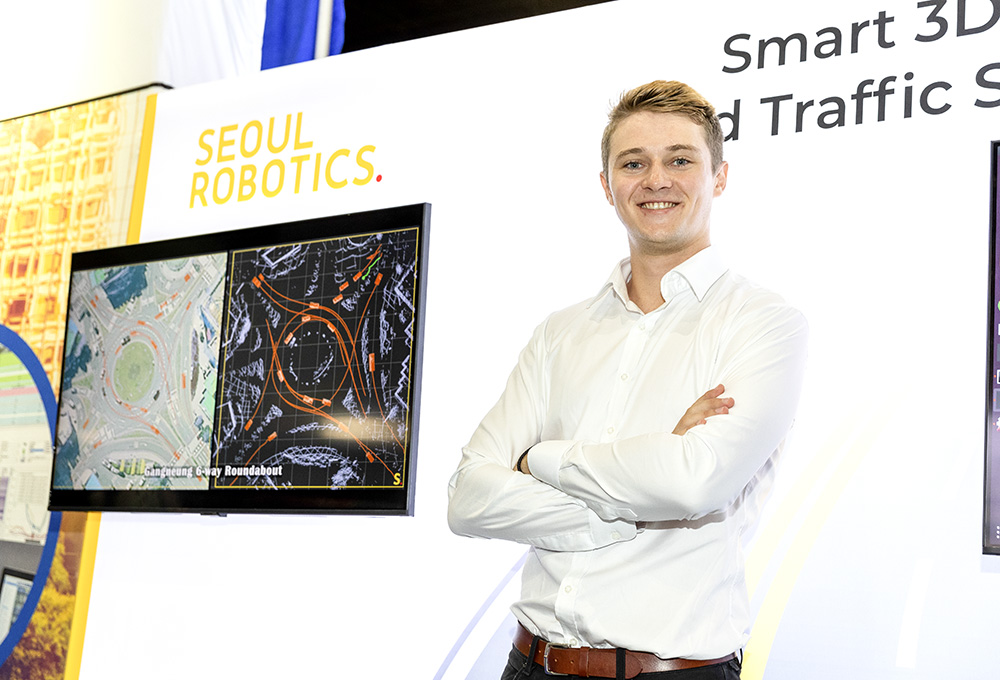
The solution’s software, Sensr, is trained to filter wrong-way movement as slow as only 5km/hour (approximately 3mph) up to four lanes deep and at a distance of up to 40 metres. Seoul Robotics says the solution is so sophisticated that it can accurately track and detect hundreds of objects simultaneously and capture wrong-way movement even in harsh conditions like rain, snow, and busy traffic.
WWD can be installed in less than a day. Data is seamlessly integrated into existing roadway monitoring systems. This ensures that any user can quickly access and comprehend insights captured from 3D sensors and make the necessary changes to rectify issues. As one example, when the Seoul Robotics system detects a vehicle moving in the wrong direction, it will trigger a camera to begin recording. This footage is instantly sent to a central monitoring centre for review to determine whether to alert local authorities.
WWD's first trial led to a 99.9% accuracy over 90 days, with over 100,000 vehicles tracked. In the first 100 dedicated tests, the system scored a perfect 100/100. In normal operations on a multi-lane highway ramp, it can generate less than one false positive per week, while capturing every wrong-way event, including vehicles slowly backing up to change lanes.
Booth 1818








